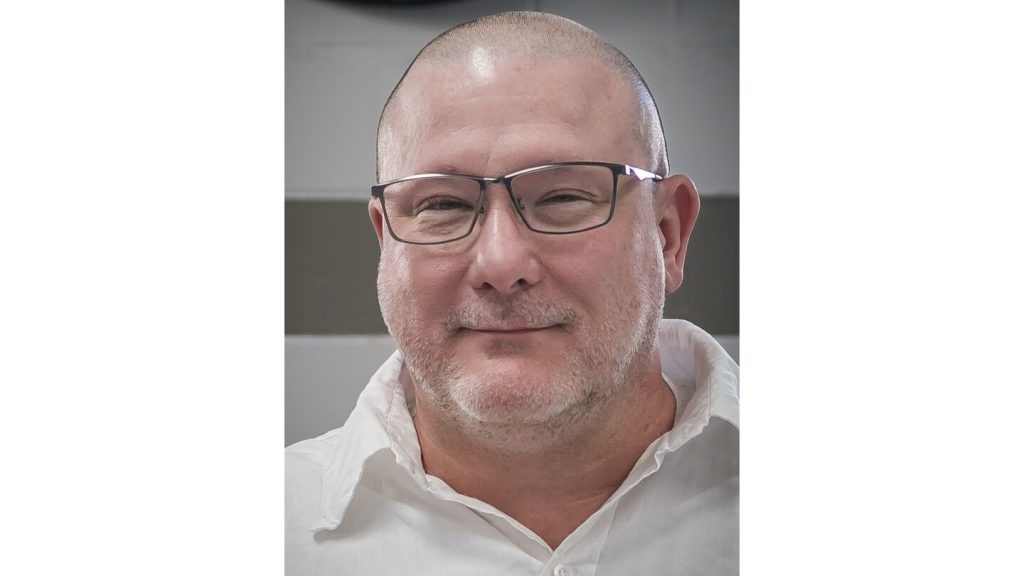In Missouri, death row inmate Brian Dorsey is facing execution, with his lawyers arguing that the state’s execution protocol allows for potentially cruel and painful procedures, such as a cutdown, if finding a suitable vein for lethal injection is difficult. Dorsey’s attorneys are seeking clemency from Governor Mike Parson and have multiple appeals pending, focusing on the injection process of pentobarbital, a lethal drug used in executions. They claim that the lack of specific guidance in the protocol could lead to invasive and painful procedures, particularly risky for Dorsey due to his obesity and medical history.
The use of a cutdown procedure in executions has raised concerns about violating constitutional rights against cruel and unusual punishment, as well as impinging on Dorsey’s right to religious freedom by preventing him from meaningful interaction with a spiritual adviser. The secrecy surrounding Missouri’s execution process makes it challenging to determine how often these procedures may have been used in the past, raising questions about the potential suffering endured by inmates during their executions. Recent cases in other states, such as Oklahoma and Alabama, have highlighted the challenges and risks associated with establishing IV lines for lethal injections, leading to prolonged and problematic executions.
In Dorsey’s case, his original conviction for the murders of his cousin and her husband in 2006 has led to his scheduled execution. Despite the severity of his crimes, his attorneys are advocating for a commutation of his sentence to life in prison, citing his behavior while incarcerated as evidence of his rehabilitation and potential for redemption. The clemency petition has garnered support from current and former state correctional officers who believe that Dorsey does not deserve to be executed, given his conduct during his time in prison.
The legal battle surrounding Dorsey’s execution includes appeals to the U.S. Supreme Court on issues such as attorney fees and the qualifications of the Department of Corrections officials overseeing the process. The concerns raised by his lawyers and advocates shed light on the complexities and ethical dilemmas surrounding the death penalty, particularly in cases where the execution process may involve potential risks of pain and suffering for the condemned. As the judicial system grapples with these challenges, the fate of individuals like Brian Dorsey hangs in the balance, awaiting decisions that will determine the final outcome of their sentences.
The controversial use of cutdown procedures has sparked debates about the humane treatment of inmates during executions, with advocates arguing for more transparent and ethical practices in carrying out death sentences. As states grapple with the practicalities and moral implications of using lethal injection as a method of capital punishment, the scrutiny on execution protocols and procedures continues to intensify. Cases like Dorsey’s serve as poignant reminders of the broader ethical and legal questions surrounding the death penalty, prompting a reevaluation of existing practices and policies in the criminal justice system.
Ultimately, the fate of Brian Dorsey and others facing execution in Missouri underscores the complex intersection of law, morality, and human rights in the realm of capital punishment. The challenges and controversies surrounding lethal injection procedures highlight the need for a thorough examination of the ethical implications of executing death row inmates, particularly in cases where the potential for pain and suffering during the process raises significant concerns. As the legal battles unfold and decisions are made on Dorsey’s case, the broader implications for the future of the death penalty in the United States remain a topic of ongoing debate and discussion.


